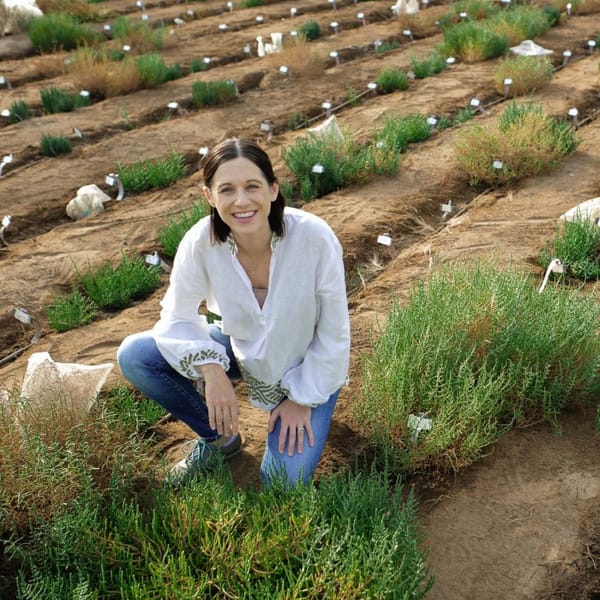New research shows surfers, swimmers and runners face higher risk of melanoma
A Southern Cross University research team has shown the prevalence of melanoma skin cancer is 120 times higher in surfers than in the general population.

First published by the Southern Cross University
A Southern Cross University research team has shown the prevalence of melanoma skin cancer is 120 times higher in surfers than in the general population.
More than 420 outdoor enthusiasts from across Southern Queensland and Northern New South Wales signed up for a world-first trial, which also sought to evaluate the effectiveness of emerging artificial intelligence (AI) technology in diagnosing the deadly disease.
Project leader Associate Professor Mike Climstein said swimmers were found to be 60 times more likely than the general population for melanoma prevalence, with regular walkers/runners 80 times higher.
Professor Climstein said it was the most extensive screening study on surfers, swimmers and walkers/runners ever conducted.
Surfing icons such as former world-champion Wayne ‘Rabbit’ Bartholomew famously backed the study and encouraged outdoor enthusiasts to put their health first by booking a potentially life-saving skin check.
The checks were undertaken through project partner, the Advanced Skin Cancer Practice, at the John Flynn Specialist Suites in Tugun, using a high-resolution digital dermatoscope with in-built artificial intelligence.
/prod01/channel_8/media/scu-dep/news/images/2023/Southern-Cross-University-researchers-Ian-Miller-Professor-Mike-Climstein-and-Dr-Nela-Rosic-edit-low-res.jpg)
“There is widespread enthusiasm from clinicians to use artificial intelligence (AI) to help detect skin cancer, and these studies are promising, showing these tools may be equal to or even superior to specialists for the detection of malignant melanomas,” Professor Climstein said.
“Early detection rates would greatly benefit Australia, which has the world’s highest incidence of malignant melanomas per capita, with those residing in Queensland and Northern NSW at highest risk. These AI tools may help in the difficult task of diagnosing early skin cancers which often have a lack of obvious clinical features or may blend into sun damaged skin.
“Our research shows that people who participate in outdoor sports and recreation experience high levels of intermittent ultraviolet radiation (UVR), which is associated with the development of skin cancer such as malignant melanomas.
“And this research goes a step further, in reporting the performance parameters of commercially available AI-powered software to assess the predictive risk of malignant melanoma development.”
Professor Climstein said the research was a stark reminder for people to book their annual skin check and to be vigilant about sun safety, particularly as the weather heats up.
The publication titled “Implementation of artificial intelligence for the detection of cutaneous melanoma within a primary care setting: prevalence and types of skin cancer in outdoor enthusiasts” in PeerJ is available now at https://lnkd.in/gdbt4U5Q
To broaden the scope of research in the next study phase, the research team – including PhD candidate Ian Miller, Dr Nela Rosic, Adjunct Associate Professors Michael Stapelberg and Jeremy Hudson, Dr Paul Coxon, Associate Professor James Furness and Dr Joe Wals – is looking for industry partners to support the development of clinical biomarkers associated with the early detection and timely prevention of skin cancer. Organisations interested in supporting this study can contact Professor Climstein directly on michael.climstein@scu.edu.au
/prod01/channel_8/media/scu-dep/news/images/2023/SUP-stand-up-paddleboard_credit-Eduardo-Taulois-on-Unsplash.jpg)




